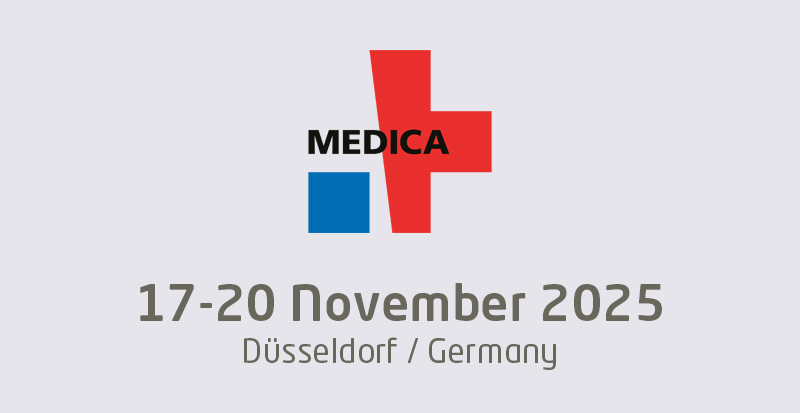Meeting the goals of accountable care and achieving the associated cost reductions requires a more robust health IT infrastructure than just an electronic health record can provide, says a report by IDC Health Insights. The triple aim of improving the patient experience, improving population health, and slashing system-wide costs can only be realized when healthcare organizations incorporate advanced technology and embrace the principles of value-based healthcare that provides the foundation for accountable care organizations (ACOs).
While pay-for-performance efforts have struggled in the past, the new wealth of data available through increasingly common health IT systems like practice management software and EHRs can provide actionable insights that were missing in the days of paper charts and manila folders. “Foundational applications that are used to run the day-to-day business of providers and health plans must be in place because they represent an important source of much of the data required for population health management,” the report says.
“The integration of clinical data (EMR encounter, lab, pharmacy) and claims data (clinical and financial) offers the ability to create a 360-degree view of a patient’s and population’s health status,” the brief continues. “Increasingly, healthcare organizations are identifying nonclinical drivers of adverse events and are incorporating non-healthcare data. For example, an asthma patient who continued to return to the emergency room was discovered to have considerable mold and dust in his home, so a cleaning service was deployed to create a clean environment. As a result, the patient’s ER use dropped to zero.”
The harmonization of systems such as computerized physician order entry, billing and enrollment management, and health information exchange can help achieve similar financial and clinical results to ACOs in the Pioneer Program. Pioneer ACOs reported a gross savings of $87.6 million in 2012 while achieving significantly lower rates of 30-day readmissions. The ACOs also achieved desirable results on clinical quality measures addressing blood pressure and cholesterol control, posting numbers significantly higher than the national average.
But even technology that goes above and beyond the basic data capture functionalities of the EHR isn’t enough. Organizational change must accompany health IT adoption. A sustained commitment to change, starting with the backing of the executive board, is required in order to appropriately allocate financial and employee resources.
“Many organizations have underestimated the degree of change, which has limited success,” warns the report. “Provider organizations are particularly challenged with the new skills that are required for population health management, including the use of claims data and understanding what it can and cannot do, organizing and managing a team approach to care, matching patients with the right interventions, designing and evaluating interventions, strategizing to engage patients, and managing a risk contract.” Source
























